Opinion: The New Slate Truck is the Meme Coin of the Automotive World. While many of my automotive colligues are sold on it, I am skeptical. Let us know what you think in the comments.
If you’ve spent even five minutes on automotive social media this past week, you’ve probably seen a barrage of TikToks, Instagram Reels, and YouTube shorts breathlessly praising the new Slate Auto Truck/SUV. Nearly every influencer was parroting the same magic phrase: “Starting Under $20,000!” It sounds incredible until you sit down and actually run the numbers.
Oddly, none of these creators disclosed that they were flown out, hosted, and likely paid to attend the Slate launch event. Strange, considering how unlikely it would be for dozens of content creators to voluntarily spend their own money to travel across the country just to gush over a bare-bones electric pickup. A truck that no one can even buy until late 2026.
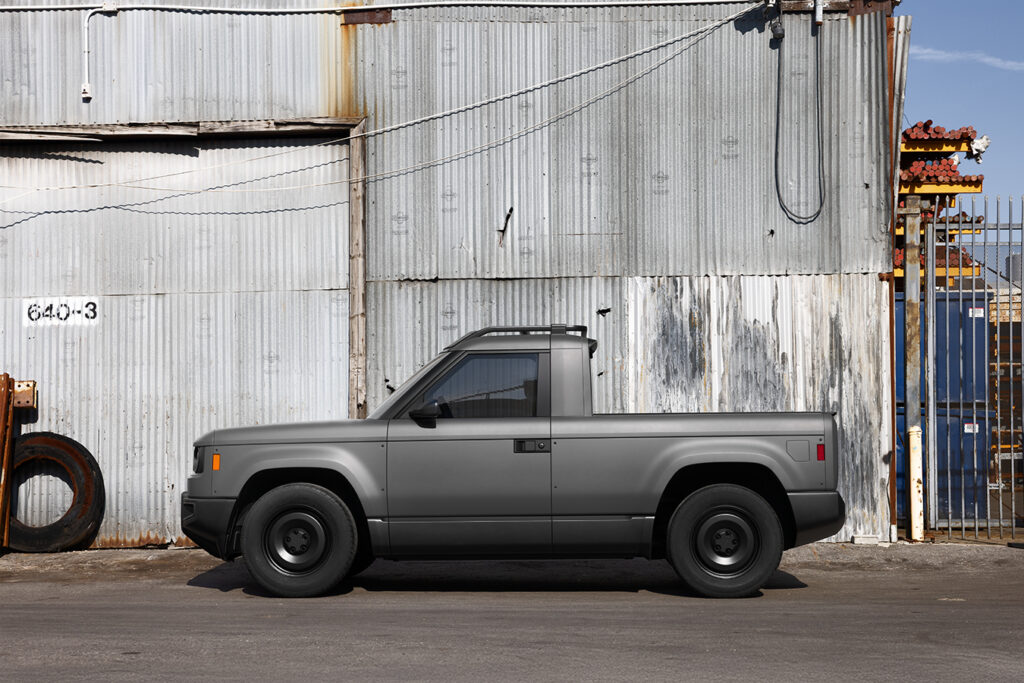
Let’s cut through the buzz: The Slate Truck is not the revolutionary bargain people are pretending it is.
The Myth of the “$20,000 Truck”
First off, the Slate only comes in “under $20,000” if you qualify for the full $7,500 federal EV tax credit—and that’s a big “if.” Senator John Barrasso recently introduced the ELITE Vehicles Act, which, if passed, would eliminate EV tax incentives entirely. If that happens, buyers will be paying $27,000+ for a truck that doesn’t come painted, doesn’t have an infotainment system, doesn’t have power windows, and doesn’t even come with a Bluetooth speaker to play music.
By comparison, for around the same money, you could walk into a Ford dealership today and drive home in a Ford Maverick Hybrid—a five-passenger truck with power everything, a touchscreen, modern safety features, a real warranty, and a range of over 500 miles on a single tank.
Slate Didn’t Invent Customization: They Just Monetized It
A lot of the excitement around the Slate comes from its modularity. TikTokers were gleefully pointing out how you could “convert” your Slate into a small SUV if you want to haul more friends… but they forgot to mention it costs you another $5,000 for the SUV kit, and you lose your truck bed in the process.
Want a real paint job? That’ll cost you about $2,000–$3,000 for a vinyl wrap.
Better wheels instead of basic steelies? Expect to spend around $1,500.
Want the larger battery to get a range closer to a real-world daily driver? Pricing hasn’t been announced, but it will likely add several thousand dollars more.
Instead of selling you a complete car with a roof, color options, and basic comforts, Slate is offering an à la carte menu—all the parts a regular vehicle would already include, just sold separately.
Fully equipped, the Slate will easily climb to $37,000 or more—all to end up with a basic EV SUV that still won’t match the comfort, features, or performance of something like a 2025 Hyundai Venue SE (starting at around $21,000) or even a used Honda Ridgeline or Nissan Frontier.
The Biggest Competition: Used Trucks
Everyone’s so eager to pitch the Slate as the “cheap truck solution” that they ignore a very obvious fact:
There are hundreds of thousands of used trucks on the market right now.
For under $15,000, you can find a low-mileage Nissan Frontier, Toyota Tacoma, or even Ford Ranger. These trucks offer:
- Real four- or five-passenger capacity
- Proven drivetrains
- Full-size truck beds
- Towing capabilities that eclipse the Slate’s paltry 1,000-lb rating
- Immediate availability without the risks tied to unproven startups
In the real world, a used small to midsize gas truck is Slate’s biggest competitor—and one Slate likely can’t beat.
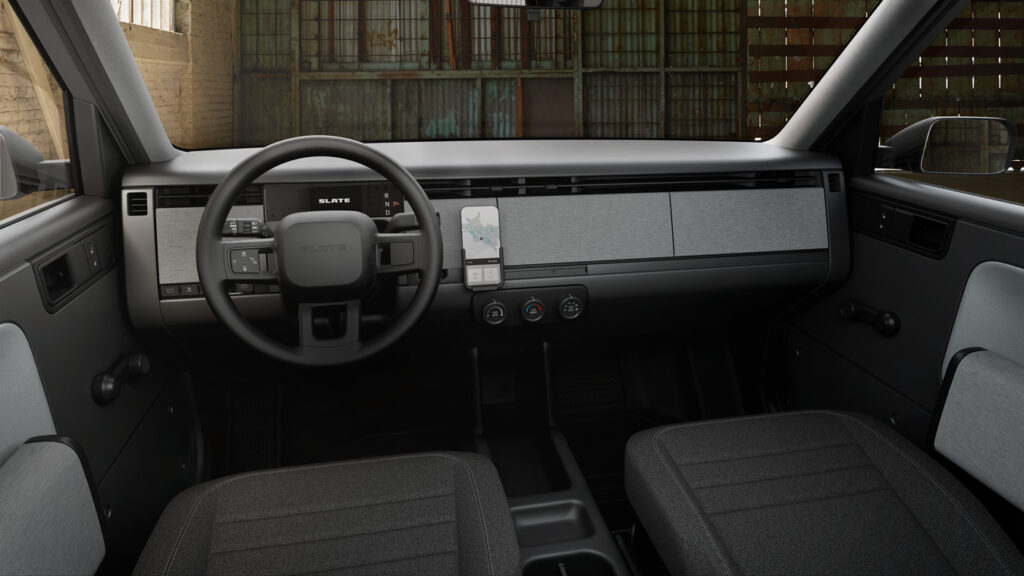
Who Slate Might Actually Work For
The Slate does have a narrow use case, fleet delivery service leases.
Think NAPA Auto Parts, Pizza Hut, or local government fleets. A cheap, modular EV that spends most of its time parked on a charger, only traveling short distances across a limited service area? That could actually make sense. Think of the Slate as the Cushman Truckster Metermaid Cart of the 2020s. Businesses willing to overlook creature comforts in favor of simple utility might find a place for the Slate.
But for average consumers who think they’re buying the next cool lifestyle vehicle for weekend adventures? They’re in for a massive disappointment once they realize the true cost of upgrading it to the basic expectations of a modern vehicle. It’s not available with AWD, so you aren’t going off-road. With its limited range, you aren’t going far. It might look like a baby Bronco or Suzuki Jimny, it’s not, and unless it has a range extender gas option, you won’t be going on too many adventures outside of the neighborhood.
The Early Deposit Mirage
Finally, let’s talk about the “deposit culture” that’s exploded in the EV world. It’s easy to collect deposits when they’re fully refundable and only cost $50 to $100. It’s a cheap dopamine hit for social media clout. “Look at me, I reserved one!” But statistically, most refundable-deposit reservations never actually convert into sales.
I personally know at least a dozen people who placed deposits on early Tesla Model S builds, Lucid Airs, Lordstown Endurance pickups, and Bollinger B1s. Guess how many of those people actually took delivery? Zero. Either the vehicles didn’t materialize, or the buyers backed out once the real pricing and specs were revealed. Expect Slate’s conversion rate to be similar—especially once the real-world costs pile up.
Final Verdict: Buyer Beware
The Slate Truck is being sold on a dream: a cheap, customizable EV pickup that brings simplicity back to motoring. The reality is far more complicated and expensive.
If you really need an affordable, practical truck, your best bets are still the Ford Maverick, Hyundai Santa Cruz, or a good used midsize pickup. If you want to be an early adopter for the bragging rights, know that you’re buying into a promise that may never fully deliver. Sometimes, the cheap truck isn’t the one you haven’t seen yet—it’s the one sitting on the used lot down the street.
Photos Courtesy of Slate

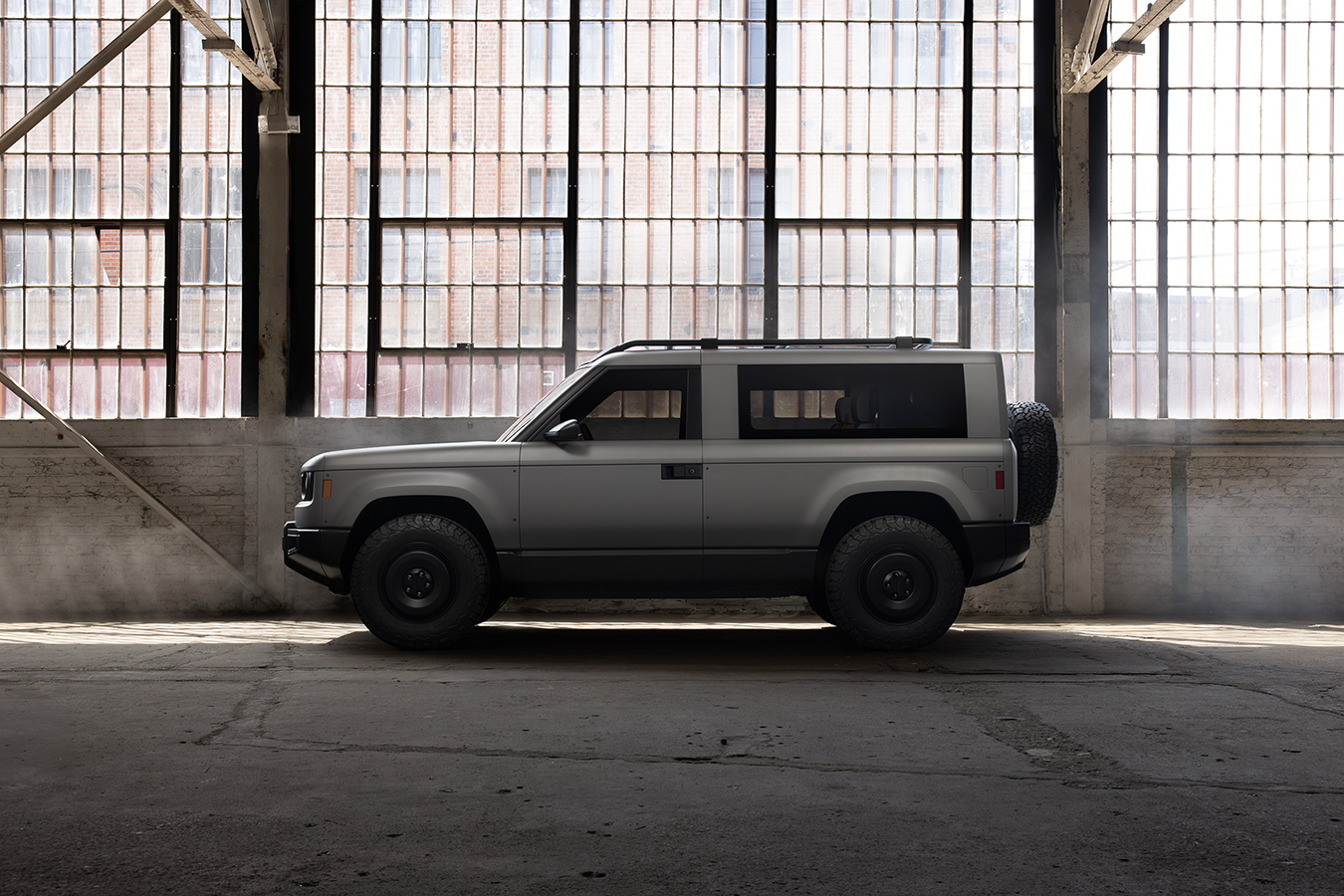
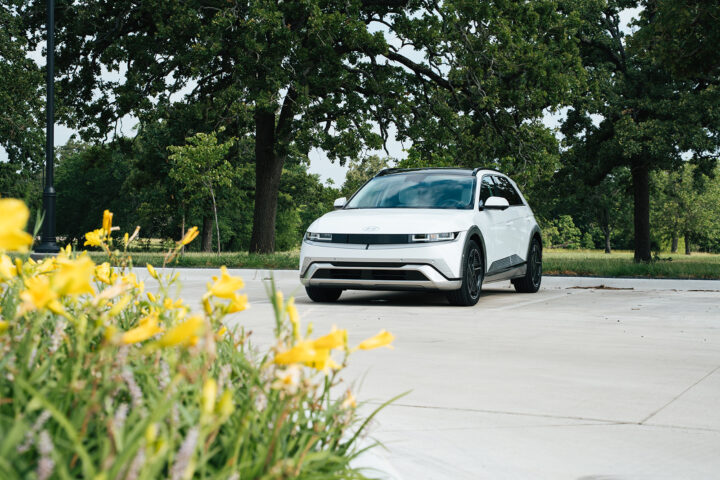

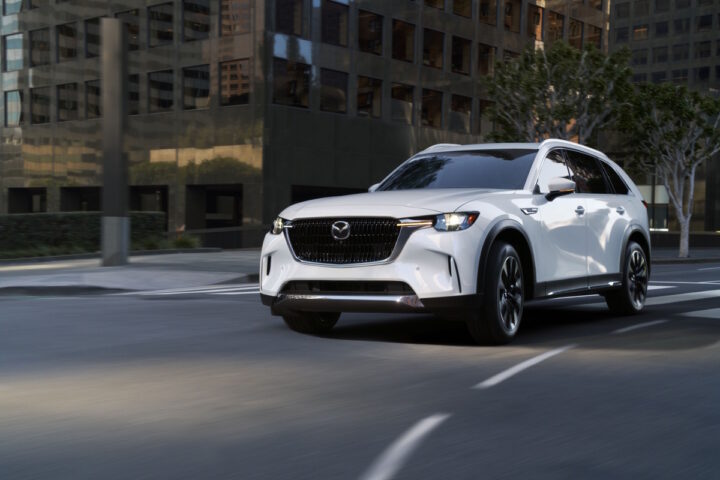











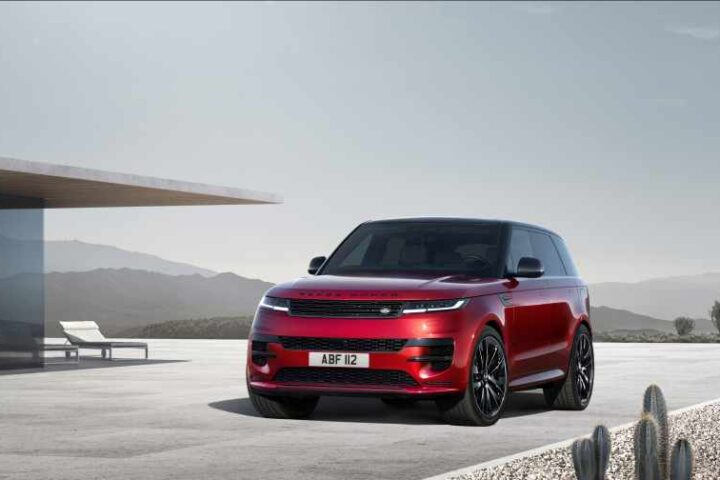
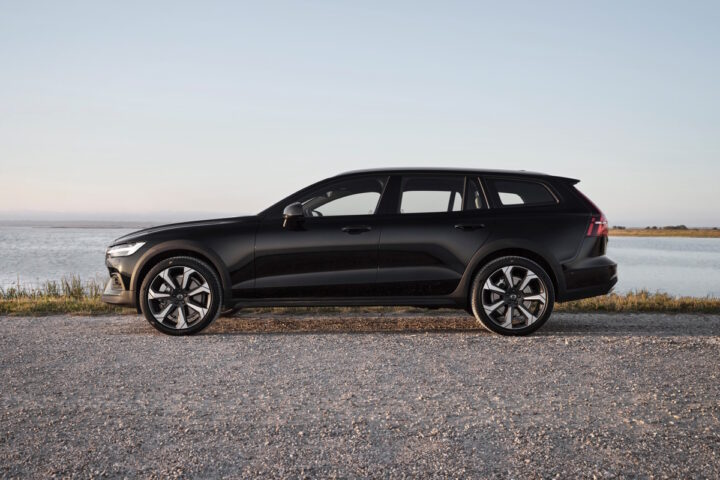


I think they are on to something by keeping it basic. A lot of guys just want a simple truck, stick shift, small but decent power small displacement internal combustion engine. Basically bring back the true Ranger/Tacoma/S10/Frontier etc. We are tired of overpaying for all the gadgets. Just give me a simple work truck I can pull a small camper or jet ski with on the weekends.
100% but this isn’t event a simple work truck, small bed, now towing or payload capacity, not event a speaker for your phone to play music. Just buy the Maverick.
I put my deposit down, I am going to add the SUV kit, larger battery, sound system, wheels, and lighting kit. For $20K who cares?
Because what you’ve listed pushes it way over $20K. Why not buy a Bronco Sport? By the time you add what you want, you’ve probably come close to the $34K the Bronco Sport runs, and that includes AWD and the Black Diamond off road package. And you have the security of an established brand, not one that’s as likely as not to go the way of Fisker…
Glad SOMEONE Said it! It’s not $20,000 it is $27,500 unless you happen to owe $7,500 in taxes. People think it is a discount they get, plus they still have to add all the parts to make it on par with any normal car, and there are a lot of cars for $27,000 or less brand new you can buy right now.
You make some valid points, however this is not the “truck” for people who want to tow, camp or road trip. This is a bare bones commuter vehicle that you can take to the hardware store or go surfing in on the weekend. For a business, the low cost and truck bed make it perfect for small fleets or local delivery. Although it will take a fast charge making it capable of longer distances. No radio. No big deal. It actually has the option if on board blue tooth speakers that are all anyone needs any more, but I do think those should be a standard feature. I love the modular aspect and I think that if actually produced will create an entirely new car culture around these. I see a spec class for these within 6 month of production.
I agree that they would be ideal for small local delivery fleets. For the urban commuter you run into the issue of parking with charging, if you are an apartment dweller or someone who has to street park charging is still an issue. I think they should for sure include a basic Bluetooth speaker for $27,500.
THANK YOU FOR SAYING IT.
While a Maverick may be a better option, I am interested in the long term viability of such a platform; will it have TESLA staying power, and be a quality low cost daily hauler, or fizzle out?
With Amazon behind the concept I am interested to see what it can be. I need a 20 miler to do daily stuff and then hand off to the teenager…I mean I can’t give them them the 6.2 Raptor at 16 YO, right?
I think a lot will depend on when it actually comes to market and people actually have to spend money. Plus I think the idea of the modular stuff seems cool for $20K, but when you add all the customization I can see it easily climbing to $35-$40K pretty quickly, when a Maverick will come with more for $27,000 today. I think the Slate as a truck would be a good alternative for country clubs and parks departments who need a small truck that can run around their grounds for work projects, but be a real vehicle that can drive to the hardware store still, it will give Club Car a run for its money. The base price on a Club Car Urban truck is just over $25,000.
I also don’t recommend giving a 16 year old a Raptor…
Who believes this is even going to launch at $27,000
Two things will convince me to buy this. 1. IF it qualifies for the $7,500 tax rebate, because I’m definitely going to owe more than that every year. (If not I’ll get the deposit back.) 2. If they design it so the roof can come off like a jeep wrangler (which I currently own). I commute 40 miles per day and I like to drive in the open air but convertible cars are too low for me. So something with a taller ride height, convertible top, and electric for under $30k net (after adding the SUV package) would be perfect for me.
My dream scenario would be Jeep making a barebones smaller electric vehicle based on a CJ7 look or the Wrangler Shortcut concept and keeping it around $30k. Small, electric, basic. But based on their recent pricing shenanigans that will never happen.